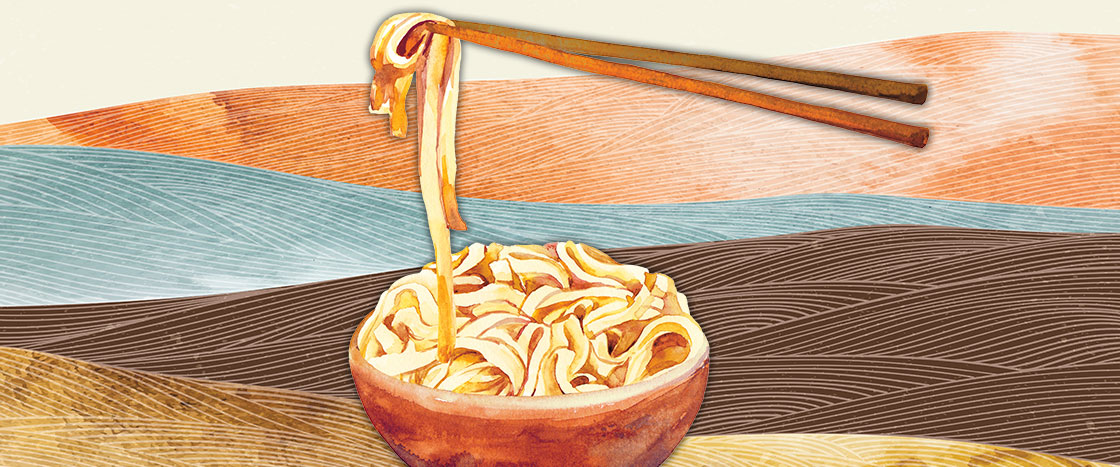Grandfather’s chopsticks
are like extra-long
superhero fingers,
able to grab anything
on the big round
restaurant table.
He picks up
a piece of my favorite
honey walnut shrimp
and puts it on my plate.
Slippery noodles.
Fried chicken—
crispy skin
and tender white meat.
Grandfather’s chopsticks
are pretty smart:
how do they know
exactly
what I want to eat?

